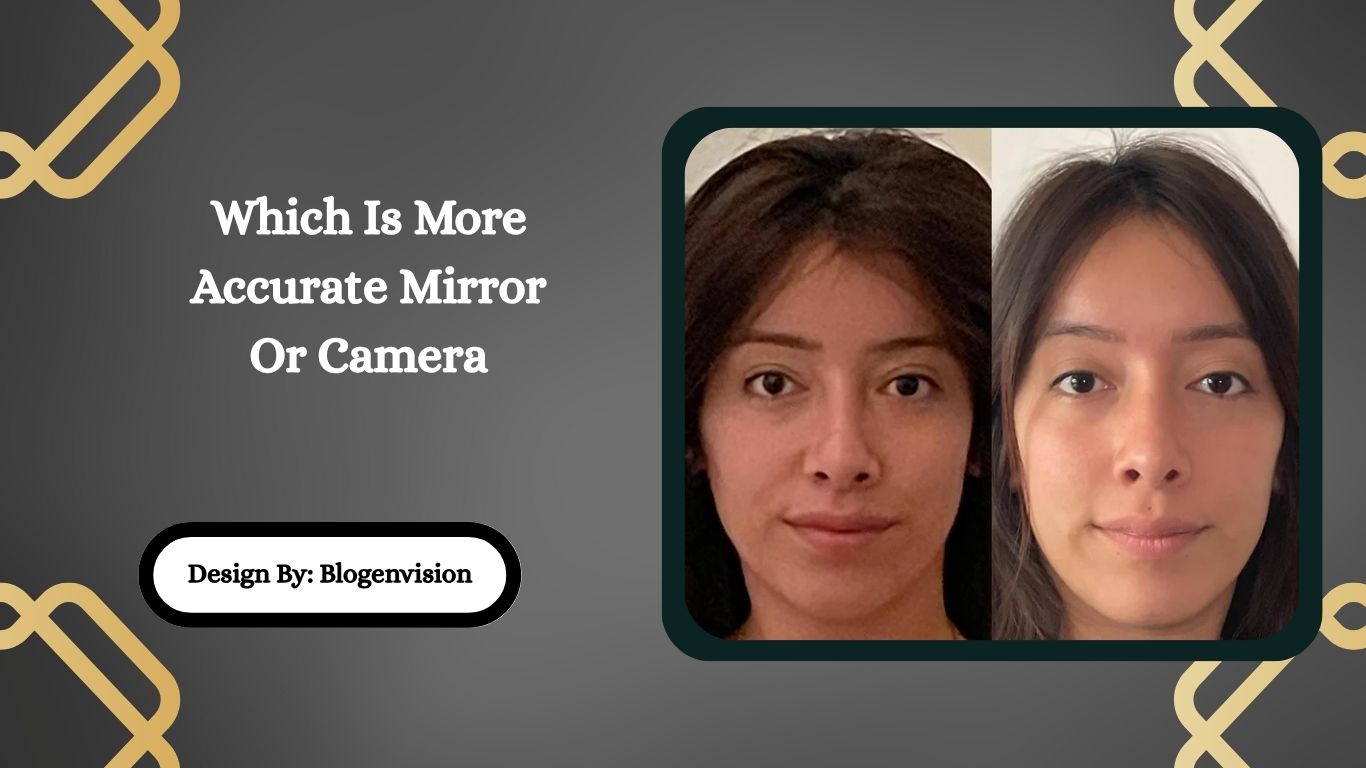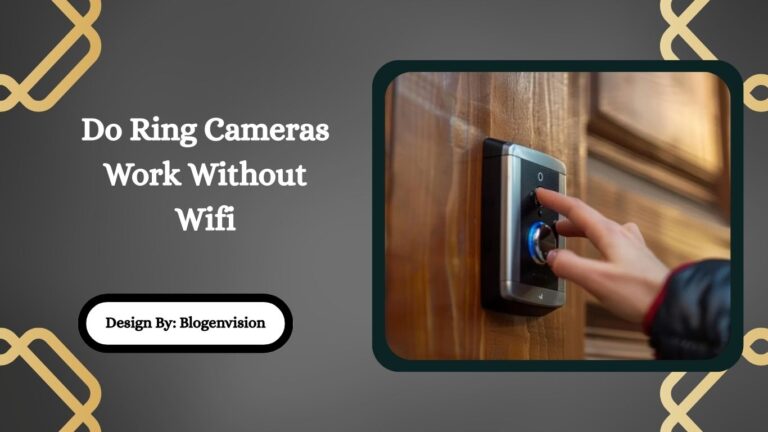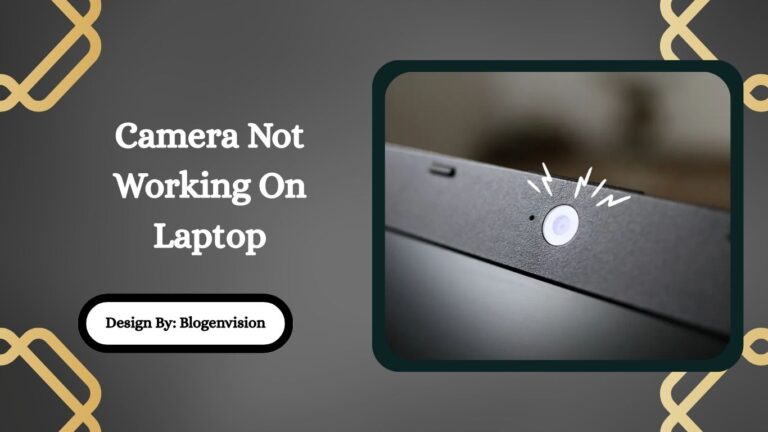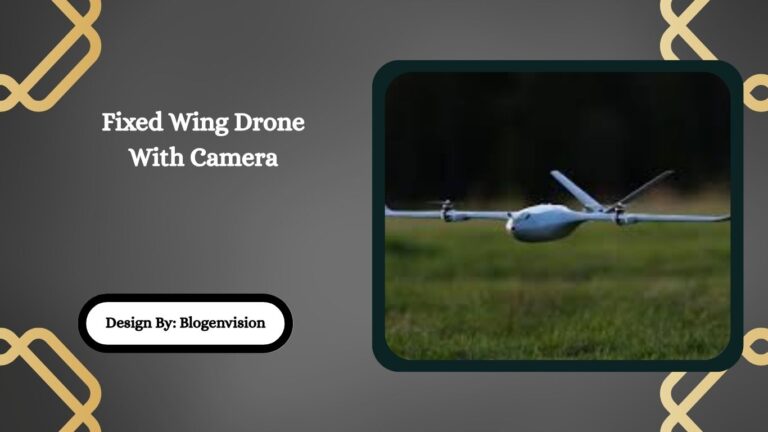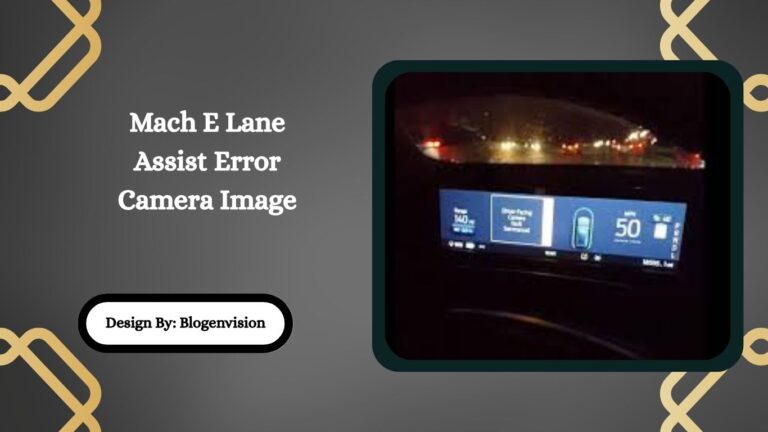Which Is More Accurate Mirror Or Camera – Reflection vs. Realism!
Mirrors show a reversed, familiar version of your appearance, while cameras display how others see you—though sometimes distorted. Neither is perfectly accurate, as lighting, angles, and perception all play roles.
When you look in the mirror or at a photo of yourself, you might wonder—which one shows the real me? It’s a common curiosity, especially in the age of selfies, social media, and video calls. The truth is, both mirrors and cameras can distort or alter your appearance slightly—but in different ways.
In this article, we’ll explore the science and psychology behind mirrors and cameras to answer the question: Which is more accurate—mirror or camera?
What Do We Mean by “Accuracy”?
Before diving into comparisons, let’s define “accuracy.” In this context, it refers to how closely the image (in the mirror or camera) represents your real-life appearance as others see you.
Several factors influence this, including:
- Lighting
- Angle
- Lens distortion
- Depth and dimension
- Familiarity (what you’re used to seeing)
How Mirrors Reflect Your Image?

A standard mirror gives you a reflected (reversed) image of yourself. That means your left and right sides are flipped. You’re seeing yourself as you would from your own perspective, not how others see you.
Key Characteristics of Mirrors:
- Reversed image (left ↔ right)
- Real-time reflection
- No lens distortion
- High familiarity—you’ve seen yourself in mirrors your entire life
Does a Mirror Show the Real You?
Technically, yes. A mirror provides an accurate reflection in terms of proportions and colors, assuming good lighting and a clean surface. However, since the image is reversed, it’s not exactly what others see when they look at you.
That’s why you may feel your face looks different in photos than in the mirror—it’s simply because you’re used to your mirrored self.
How Cameras Capture Your Image?
Cameras capture a static image (or video) using lenses, sensors, and software processing. The camera shows how others see you, not the reversed image you see in a mirror.
However, several factors can affect camera accuracy:
- Lens Distortion: Wide-angle lenses, like those on smartphones, can stretch facial features, especially at close distances.
- Lighting: Harsh or poor lighting can cast shadows, highlight blemishes, or flatten your features.
- Depth Perception: Photos are two-dimensional, so you lose the natural depth and shape you see in the mirror.
- Image Processing: Most phone cameras apply automatic filters like smoothing, sharpening, or color correction, altering your appearance.
- Angle and Perspective: Selfies taken from below or above can dramatically change the perceived shape of your face.
Mirror vs. Camera: A Side-by-Side Comparison
| Feature | Mirror | Camera |
| Image Orientation | Reversed (left-right) | Non-reversed |
| Real-Time View | Yes | No (static image/video) |
| Lighting Control | Dependent on room | Controlled via flash/settings |
| Distortion | Minimal | Possible with lenses and angles |
| Familiarity | Very high | Moderate (people are less used to photos) |
| How Others See You | No | Yes |
Why Do I Look Better in the Mirror Than in Photos?
Many people report preferring their mirror image. Here’s why:
- Familiarity bias: You’re used to your mirrored face and more comfortable with it.
- Control: In the mirror, you can pose, adjust your expression, or improve lighting.
- Camera distortion: A selfie with a wide-angle lens at arm’s length can subtly warp your face.
So, it’s not that the mirror is more “real” but that you’re more comfortable with that version of your appearance.
Which One Shows How Other People See You?
The camera shows your face more like how others see you, assuming the photo is taken at eye level, with good lighting and minimal distortion. The mirror flips your face, which may explain why some people are surprised or even disappointed when they see their photos.
However, it’s important to remember that people see you in three dimensions, with natural movement, expressions, and voice—all of which are hard to capture in a single still photo or flat reflection.
Tips for a More Accurate Self-Image
If you want to better understand how others see you—or simply improve how you appear in both mirrors and photos—here are a few practical tips:
- Use Natural Lighting: Whether taking a photo or looking in a mirror, face a window for soft, even light.
- Avoid Wide-Angle Lenses for Portraits: Use the main (non-wide) lens on your smartphone or a camera with a 50mm lens, which closely matches human eye perception.
- Hold the Camera at Eye Level: Avoid taking selfies from extreme angles, which can distort facial features.
- Practice Neutral Expression: Photos often catch you mid-blink or with an unnatural smile. Practice a relaxed, natural expression.
- Understand Your Face Symmetry: No one’s face is perfectly symmetrical. Knowing your natural asymmetries helps explain differences between your mirrored and photographed self.
What Do Others Really See?

Interestingly, others don’t see you exactly as shown in a mirror or in a photo. Instead, they see:
- Your face in three dimensions
- Natural movement
- Subtle expressions and emotions
- You in context—your body, voice, and energy
So while both mirror and camera offer partial truths, neither tells the full story.
Final Verdict: Mirror or Camera?
So, which is more accurate—mirror or camera?
It depends on what you mean by accurate:
- Mirror is more familiar and accurate in size and color (but reversed).
- Camera shows how others see you, but can distort your image through lens and lighting effects.
Ultimately, neither is perfect, and both have limitations. The best self-image comes from understanding these differences and not relying solely on one medium to define how you look.
FAQs:
1. Why do I look different in photos than in the mirror?
You’re used to your mirrored reflection. Photos show your non-reversed face and may include lens distortion, different lighting, or unfamiliar angles, making you appear “off.”
2. Which is more accurate for how others see me—mirror or camera?
Cameras show your non-reversed image, closer to what others see. However, lens and lighting factors can distort it, so it’s not always a perfect representation either.
3. Does a mirror give a true representation of my face?
Yes, but with a reversed left-right image. It reflects accurate size and color, assuming proper lighting, but doesn’t match how others typically see your face.
4. Can camera lenses make my face look distorted?
Yes. Wide-angle or front-facing phone lenses often stretch or compress facial features, especially when taken close-up, making your face look different than in real life.
5. How can I get a more realistic image of myself?
Use natural lighting, a neutral expression, a standard lens, and hold the camera at eye level. This reduces distortion and better reflects your true appearance.
Conclusion:
Both mirrors and cameras provide partial versions of how you appear. Mirrors offer a reversed but familiar view, while cameras reveal how others may see you—sometimes with distortions. Neither is completely accurate alone. Understanding the differences helps you see yourself more clearly and confidently. Embrace both tools with perspective, and remember that your true self is a combination of presence, expression, and personality—not just a reflection or snapshot.

